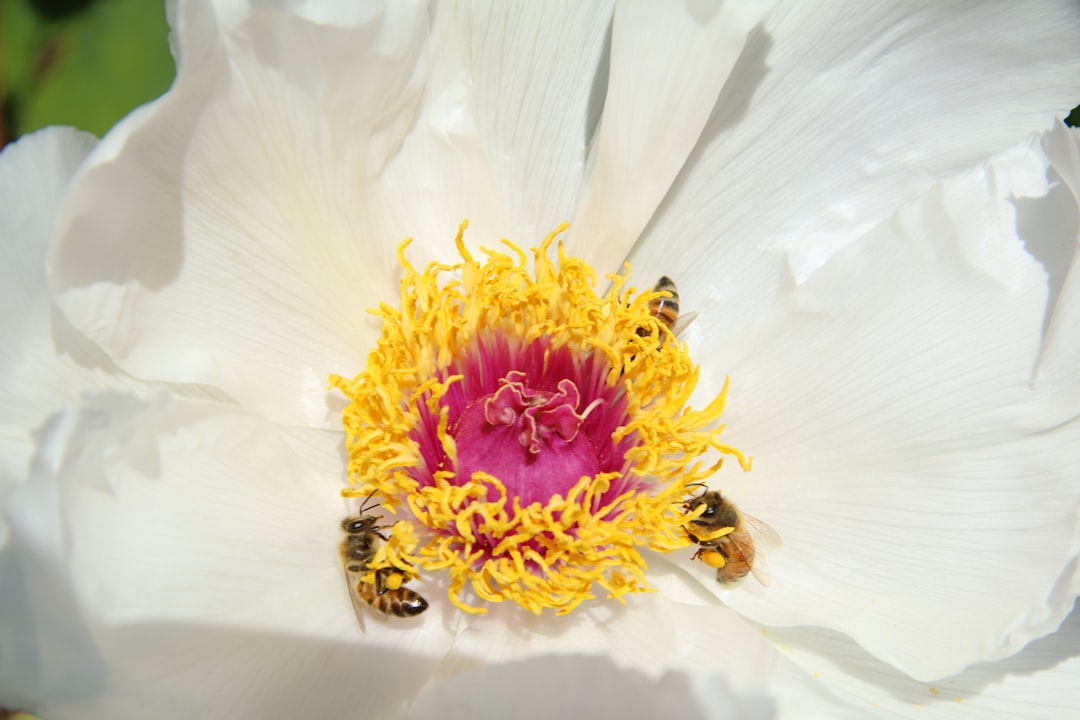Unveiling the Secrets of Cultivating Shade - Loving Browallia

When it comes to annuals, there is a plethora of options available for gardeners. However, Browallia stands out as a remarkable choice, especially for those areas in your garden that are bathed in shade. This long - blooming annual has a charm of its own and can add a splash of color to the darker corners of your outdoor space. In this article, we will explore the essential tips for growing Browallia successfully.
First and foremost, let's understand what Browallia is. Browallia, also known as Sapphire Flower, is a genus of flowering plants in the nightshade family. They are native to South America and come in various species, with Browallia speciosa being one of the most popular ones. These plants typically produce bell - shaped flowers in shades of blue, purple, and white, creating a visually appealing display.
Choosing the Right Location
As mentioned earlier, Browallia thrives in shade. It is crucial to select a spot in your garden that receives partial to full shade. Direct sunlight can be too harsh for these delicate plants and may cause the leaves to wilt and the flowers to fade prematurely. An ideal location could be under the canopy of a large tree or on the north - facing side of a building. The dappled sunlight that filters through the leaves of a tree provides the perfect amount of light for Browallia to grow and bloom.
Soil Preparation
Good soil is the foundation for any healthy plant. Browallia prefers well - drained, fertile soil. Before planting, it is advisable to work some organic matter, such as compost or well - rotted manure, into the soil. This will improve the soil structure, allowing for better water drainage and nutrient retention. The pH level of the soil should be slightly acidic to neutral, around 6.0 - 7.0. You can test the soil pH using a simple soil testing kit available at most garden centers. If the soil is too alkaline, you can add sulfur to lower the pH, and if it is too acidic, lime can be added to raise it.
Planting Browallia
You can start Browallia from seeds or purchase young plants from a nursery. If starting from seeds, sow them indoors about 8 - 10 weeks before the last expected frost date. Fill a seed tray with a good quality seed - starting, mix and sprinkle the seeds on the surface. Lightly cover them with a thin layer of the mix and keep the soil moist. Place the tray in a warm location, around 70 - 75°F (21 - 24°C). The seeds should germinate within 7 - 14 days. Once the seedlings have developed a few sets of true leaves, they can be transplanted into individual pots. When the danger of frost has passed, you can transplant the seedlings into your garden, spacing them about 8 - 12 inches apart.
Watering and Fertilizing
Browallia requires regular watering to keep the soil evenly moist. However, it is important not to over - water, as this can lead to root rot. Water the plants at the base, avoiding getting the leaves wet, as wet leaves can be more prone to diseases. During hot and dry periods, you may need to water more frequently. As for fertilizing, a balanced, water - soluble fertilizer can be applied every 2 - 3 weeks during the growing season. This will provide the necessary nutrients for the plants to grow and produce an abundance of flowers.
Pest and Disease Control
Like any other plant, Browallia is susceptible to certain pests and diseases. Common pests include aphids, whiteflies, and spider mites. You can control these pests by using insecticidal soaps or neem oil. Regularly inspect the plants for any signs of pests and take action as soon as you notice them. Diseases such as powdery mildew and leaf spot can also affect Browallia. To prevent these diseases, ensure good air circulation around the plants and avoid overhead watering. If a disease does occur, you can use a fungicide according to the manufacturer's instructions.
Deadheading and Pruning
Deadheading, or removing the spent flowers, is an important practice for Browallia. This encourages the plant to produce more flowers and keeps the plant looking tidy. Simply pinch off the faded flowers at the base of the stem. You can also prune the plant lightly to shape it and remove any damaged or diseased branches. Pruning should be done in the early morning or late evening to minimize stress on the plant.
In conclusion, growing Browallia can be a rewarding experience. By following these essential tips, you can enjoy the beauty of these long - blooming annuals in your shade garden. With their vibrant flowers and relatively easy care requirements, Browallia is a great addition to any flower garden.